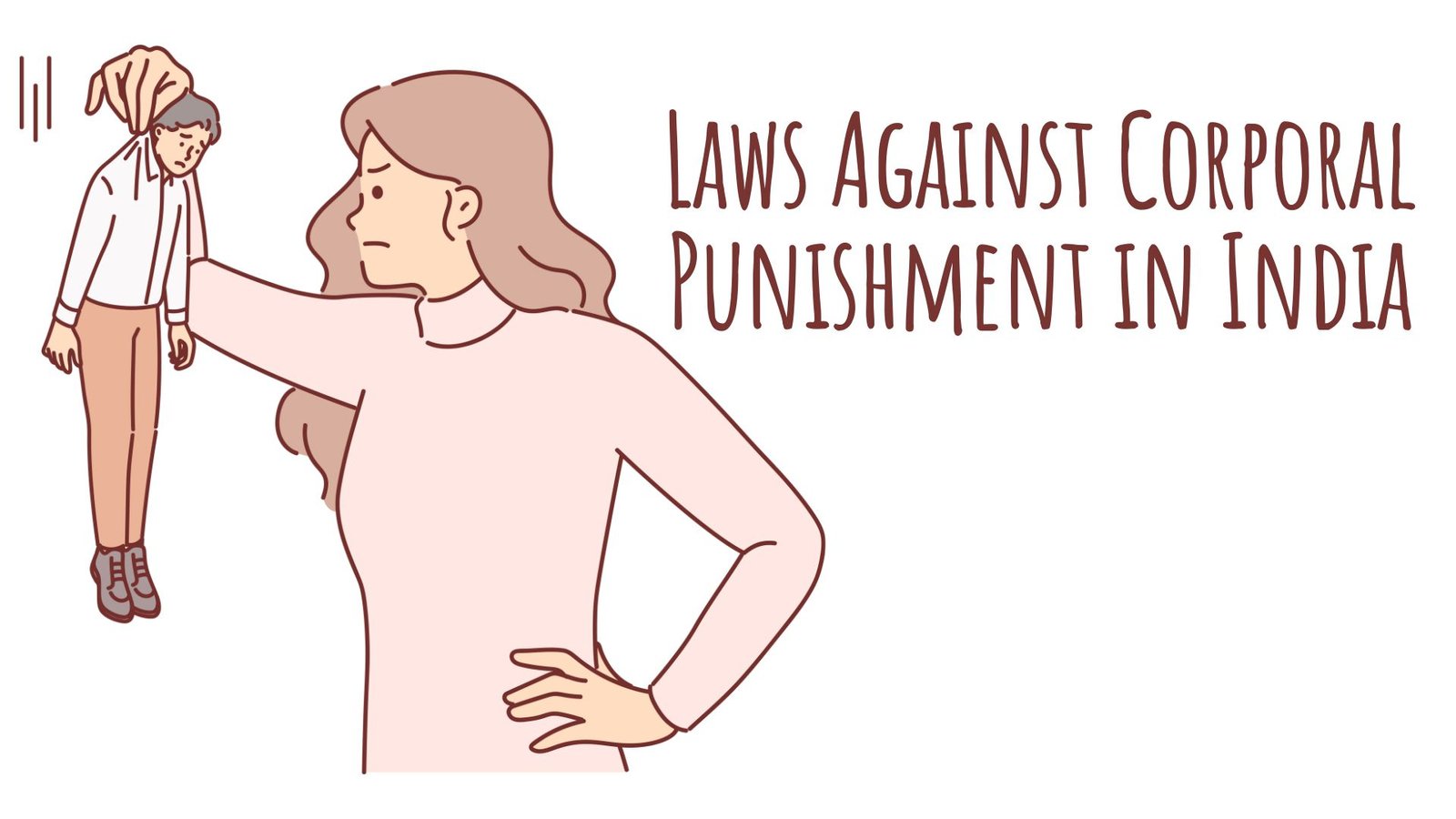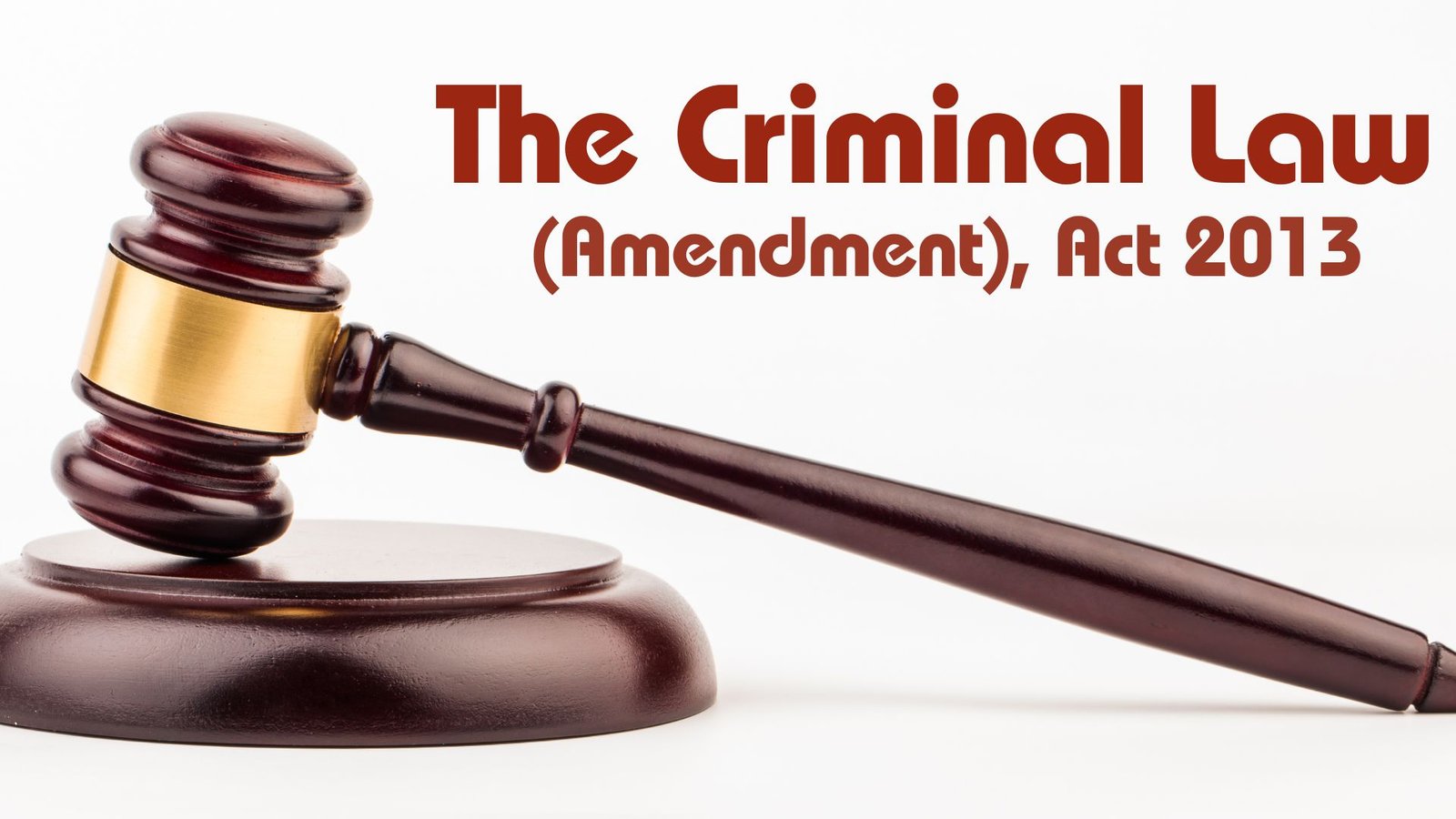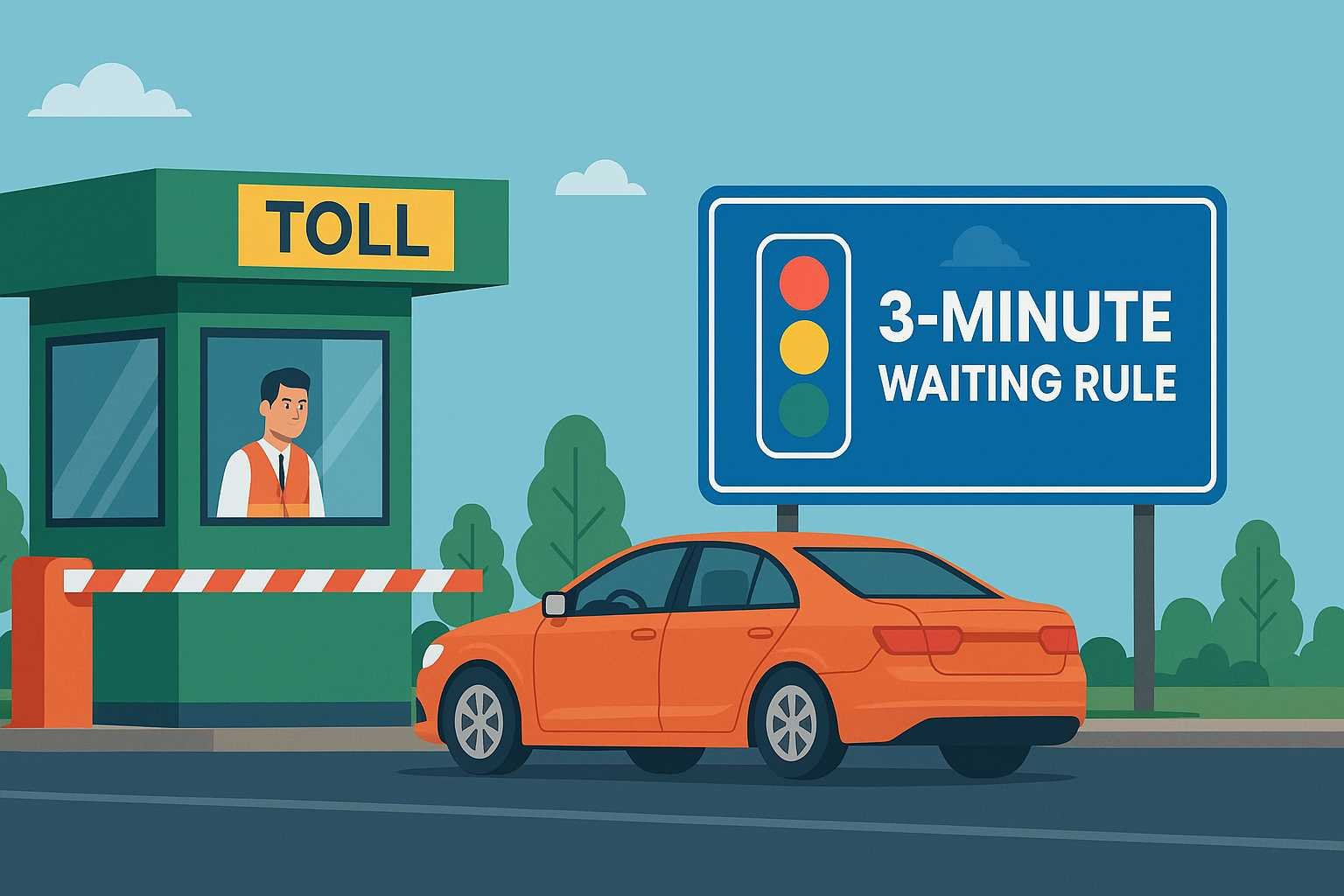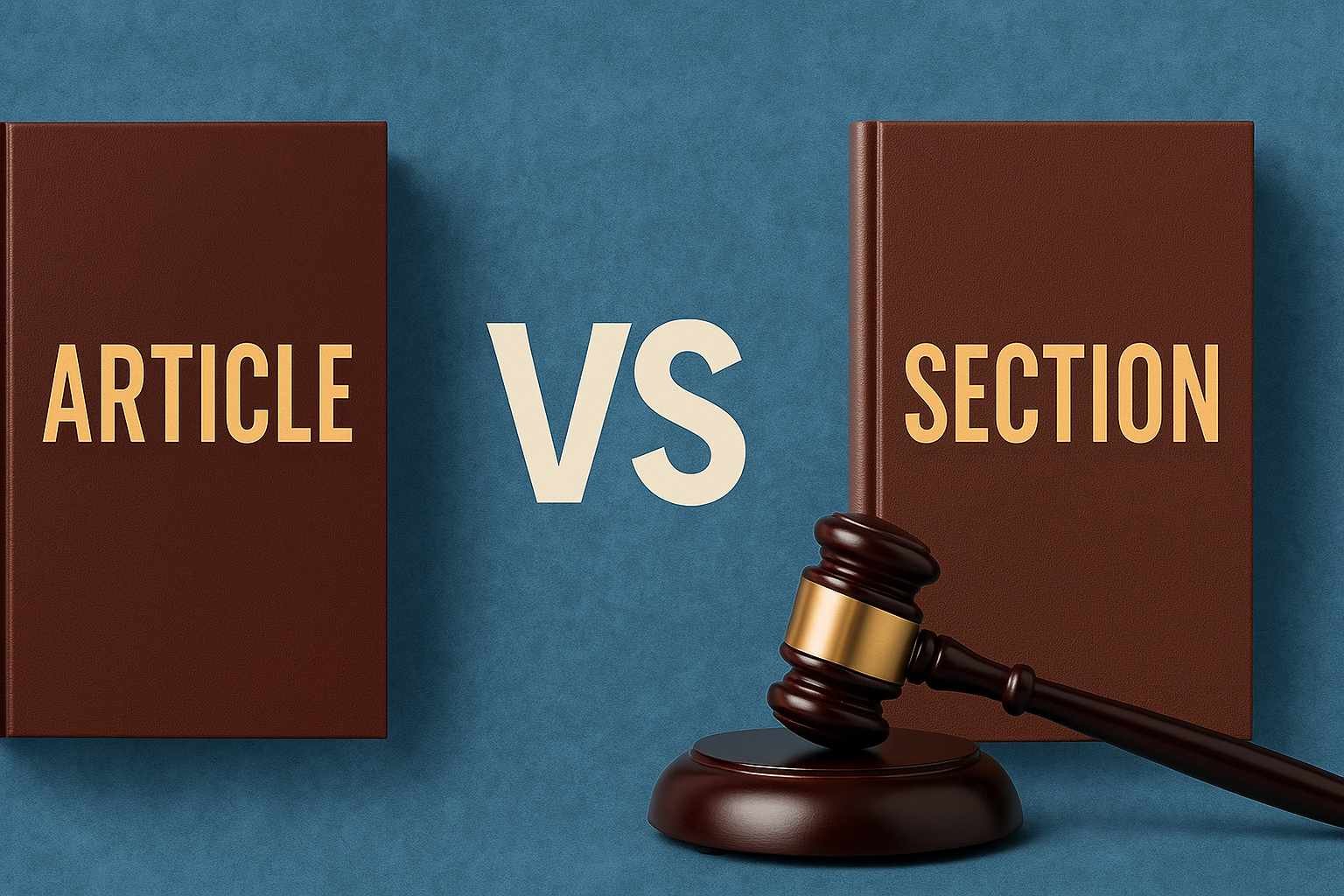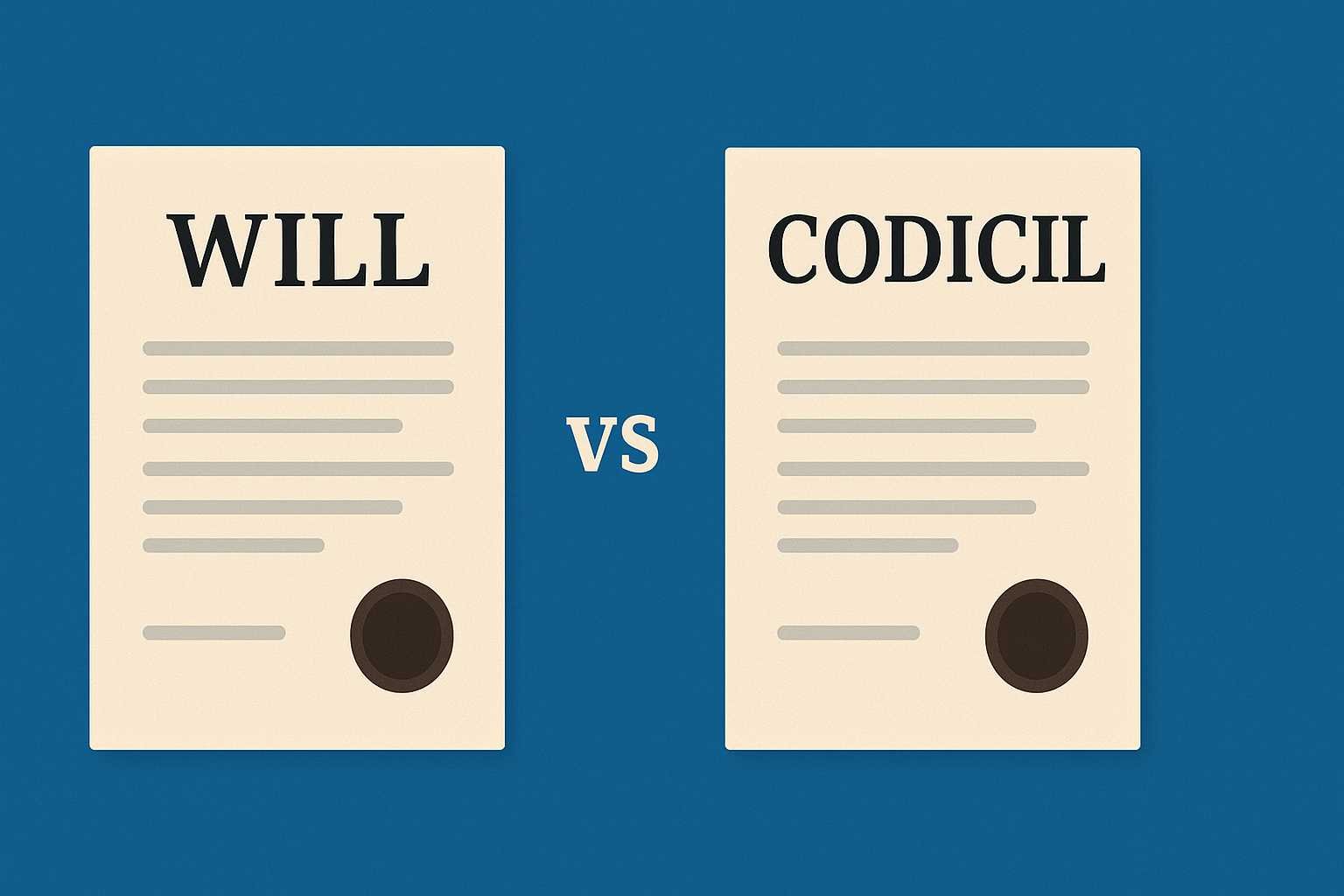On this page you will read detailed information about Laws Against Corporal Punishment in India.
As a parent in India, you may have questions about the laws regarding corporal punishment and how they affect discipline in your home. This article provides an overview of the current legal landscape around physical punishment of children in India, the debates around its effectiveness, and what alternatives experts recommend instead. With a nuanced 100 word discussion ahead focused on child development research, the goal is to equip parents with thoughtful perspectives as you make decisions for your family.
What Is Corporal Punishment? Defining Corporal Punishment
Corporal punishment refers to the use of physical force to cause pain or discomfort as a means of discipline. It involves actions such as hitting, slapping, pinching, shaking, or forcing children to stay in uncomfortable positions. Corporal punishment is intended to correct or control behavior and is administered by hand or with objects such as paddles, belts, or sticks.
While some view corporal punishment as an acceptable form of discipline, many child development experts consider it to be a harmful practice. Corporal punishment has been linked to adverse outcomes, including increased aggression in children, mental health issues, impaired relationships, and even physical injury.
Physical Abuse vs Discipline
Corporal punishment that causes injury can be considered physical abuse, which is illegal. However, in some countries and states, corporal punishment that does not cause lasting harm is still considered acceptable discipline by some. There is debate around where to draw the line between discipline and abuse. Many experts argue that any form of corporal punishment should be avoided in favor of alternative disciplinary tactics.
Alternative Discipline Strategies
Some alternative strategies for disciplining children include:
- Using time-outs or temporarily removing privileges to teach children proper behavior.
- Providing positive reinforcement like praise, rewards, and incentives when children behave well.
- Maintaining open communication and explaining rules and expectations to children.
- Modeling the kind of behavior you want to see.
- Redirecting misbehavior by distracting children or removing them from the situation.
Banning corporal punishment is an important step towards protecting children and promoting alternative forms of discipline based on communication and mutual respect. With patience and the right strategies, parents and caretakers can effectively discipline children without resorting to violence.
In the previous post, we had shared information about Understanding the Criminal Law Amendment Act of 2013, so read that post also.
History of Corporal Punishment in India
Corporal punishment has a long and complex history in India. Even before the British colonized India, corporal punishment was accepted as a form of discipline in schools and at home. However, during British rule in the 19th century, corporal punishment became more widespread and harsh in schools and prisons.
In the 1850s, the British introduced the Whipping Act, which allowed teachers and headmasters to inflict corporal punishment on students for misbehavior and poor performance. Corporal punishment during this time included caning, slapping, and making students assume painful body positions for long periods. These practices were meant to instill discipline and force students to comply with authority.
After India gained independence in 1947, most schools and states banned corporal punishment. However, it continued illegally in many schools for decades. In 2000, India officially banned corporal punishment in schools under the Juvenile Justice Act. Despite the bans, corporal punishment persists in Indian schools today, though at lower rates. According to UNICEF, 65-99% of children in India experience physical abuse.
In recent years, there have been growing calls to enforce bans on corporal punishment and promote alternative forms of discipline. Many see corporal punishment as a violation of children’s rights and as causing long-term psychological harm. The debate around corporal punishment continues in India, but there is increasing recognition that it should not be tolerated.
Banning and eliminating corporal punishment in India will require a multi-pronged approach, including:
- Strict enforcement of existing laws
- Teacher training on alternative discipline strategies
- Raising public awareness about the harms of corporal punishment
- Improving reporting mechanisms for students to report abuse
- Providing counseling and support for victims of corporal punishment
India has a long way to go to eliminate this practice, but with sustained efforts at legal, policy and social levels, corporal punishment can become a relic of the past. Protecting children and their right to safe, supportive learning environments should be a top priority.
Current Laws Against Corporal Punishment in India
In India, corporal punishment has been banned in schools under the Right of Children to Free and Compulsory Education Act 2009. However, it is still prevalent in many schools across the country. Some of the key laws prohibiting corporal punishment are:
The Juvenile Justice (Care and Protection of Children) Act, 2015
This law prohibits cruel treatment and assault on children, including corporal punishment. It aims to protect children’s rights and prevent their abuse and exploitation. The Act defines corporal punishment as punishment that causes or is likely to cause physical or mental harm to the child.
The Protection of Children from Sexual Offences Act (POCSO), 2012
This law aims to protect children from offences like sexual assault, harassment and pornography. It also prohibits the use of corporal punishment for disciplining children. The Act considers subjecting a child to corporal punishment as “aggravated penetrative sexual assault”.
The Right of Children to Free and Compulsory Education Act, 2009
This law guarantees free and compulsory education to all children between the ages of 6 to 14 years. It prohibits physical punishment and mental harassment of children. Schools that practice corporal punishment can face cancellation of recognition or affiliation.
Some additional provisions against corporal punishment exist in the Indian Penal Code, 1860, and state-specific education acts and child protection policies. However, corporal punishment is still widely practiced in schools and homes. Strong implementation of existing laws, awareness about its detrimental effects, and advocacy for alternative disciplinary methods can help eliminate this practice. Overall, corporal punishment violates children’s fundamental rights and should not be condoned under any circumstances.
Guidelines on Corporal Punishment by the National Commission for Protection of Child Rights
The National Commission for Protection of Child Rights (NCPCR) has issued comprehensive guidelines on corporal punishment to advise states and union territories on preventing the practice. Corporal punishment, defined as any punishment that inflicts physical pain, is prohibited under the Right to Education Act 2009.
The NCPCR guidelines aim to protect children from the adverse effects of corporal punishment such as physical harm, psychological trauma, and impaired learning. They recommend that all schools adopt alternative discipline strategies focused on positive behavior interventions.
Monitoring and Complaint Mechanisms
The guidelines instruct all schools to establish monitoring and reporting procedures to identify, prevent and respond to incidents of corporal punishment. Students and parents should be informed of their right to report such abuse to the relevant authorities. Clear complaint mechanisms must be put in place to address reports promptly and confidentially.
Capacity Building and Sensitization
Training programs should be conducted for teachers, administrators and students to build awareness about the harms of corporal punishment and alternative discipline strategies. Workshops can highlight positive techniques for behavior management and maintaining a supportive learning environment.
Counseling and Support
Students who have faced corporal punishment may require counseling and support services to overcome trauma. The guidelines recommend making counseling available and training teachers to identify signs of psychological distress in students.
By following these guidelines, India can work towards eliminating the practice of corporal punishment in schools and promote more positive learning environments. Protecting children from abuse and harm should be a top priority, as they are the future of the nation. With compassion and the right interventions, India can become a leader in child rights and development.
Supreme Court Judgments Against Corporal Punishment
The Supreme Court of India has passed several judgments banning corporal punishment in schools. In 2000, the Court outlawed corporal punishment in the landmark judgment of “State of Andhra Pradesh v. Chandigarh Admn.” The Court held that corporal punishment violated Article 21 of the Constitution, which protects the right to life and personal liberty.
In another significant ruling in 2005, the Supreme Court banned teachers from inflicting physical punishment on school children in the “In Re: R.V. Naveen Kumar” case. The Court observed that corporal punishment can have severely negative psychological impacts on children and violates their fundamental right to education under Article 21A of the Constitution.
The Court reaffirmed its stance against corporal punishment in schools in “Avinash Mehrotra v. Union of India”. In its 2009 judgment, the Court directed the Central and State governments to strictly implement the ban, spread awareness about the ill-effects of corporal punishment and develop alternative forms of discipline in schools.
Some of the key directives issued by the Supreme Court regarding corporal punishment include:
- Banning any form of physical punishment, mental harassment or discrimination against children in schools.
- Prohibiting teachers and school authorities from inflicting physical punishment or mental trauma on school children.
- Directing the governments to take appropriate legislative and administrative measures to prevent corporal punishment in schools.
- Spreading awareness about the negative consequences of corporal punishment and promoting alternative positive discipline strategies.
- Imposing punishment on teachers and schools inflicting corporal punishment, including suspension and dismissal.
Through these judgments, the Supreme Court has taken a strict stance against corporal punishment to protect children’s rights and ensure a safe learning environment in schools. The onus now lies on the governments and school administrations to fully implement these directives.
Effects of Corporal Punishment on Children
Corporal punishment such as beating, slapping, or caning children can have devastating effects on their well-being and development.
Physical and Psychological Harm
Physically assaulting a child can lead to injuries like cuts, fractures, and head trauma. It also causes psychological harm like anxiety, depression, and post-traumatic stress disorder. Children may become fearful and distrustful of the adults meant to protect them.
Impaired Cognitive Development
Harsh physical discipline impairs brain development in children and hinders their learning, thinking, and problem-solving skills. It makes it difficult for them to control emotions and behavior. This can negatively impact their performance in school and relationships.
Cycle of Violence
Children often mimic the behaviors they observe every day. When a child witnesses violence or experiences abuse, they are more likely to become aggressors themselves, perpetuating a cycle of violence that harms society as a whole. They may bully peers, become involved in crime, or abuse their own children and partners later in life.
Poor Parent-Child Bond
Physical punishment destroys the bond of trust and security between a parent and child. Children may come to resent and fear their parents rather than respect them. This strain on the parent-child relationship can last well into adulthood.
In conclusion, corporal punishment violates a child’s basic human rights and has significant detrimental effects on their development and well-being. There are alternative discipline strategies that are more respectful and help build a supportive, nurturing relationship between parent and child. A caring, positive approach to child-rearing will create a healthier, happier generation.
Alternatives to Corporal Punishment in Schools
Corporal punishment in schools is prohibited by law in India, so alternative approaches to discipline must be utilized. Some positive options include:
Clear Rules and Expectations
Establishing clear rules, policies and expectations in the classroom helps students understand appropriate behavior. Explain the reasons behind the rules to foster understanding. Be consistent in enforcing rules to avoid confusion.
Positive Reinforcement
Reward and praise students when they follow the rules and meet expectations. This positive reinforcement will make them want to continue good behavior. You can offer rewards like verbal praise, stickers or extra recess time.
Redirection
Gently redirect students to more positive behavior as issues arise. Explain why the behavior needs to change and suggest an alternative. Redirection helps address problems early before they escalate.
Conflict Resolution
Teach students skills to resolve conflicts in a peaceful manner. Help them understand different perspectives, communicate in a respectful way and find compromises. Apply conflict resolution strategies yourself to set a good example.
Behavior Plans
For students with ongoing behavior issues, work with parents, teachers and administrators to develop a plan to support them. The plan may include rewards, consequences, counseling, monitoring or other interventions tailored to the student’s needs. Behavior plans aim to determine the underlying causes of problems and take a team approach to addressing them.
Counseling and Mentoring
Counseling, mentoring and social-emotional learning programs can help students develop self-awareness, empathy and coping strategies. Speaking with a counselor or mentor gives students an opportunity to voice their concerns and get advice and encouragement from a caring adult. Counseling may also uncover and address deeper issues impacting a student’s behavior and wellbeing.
With patience and compassion, alternative discipline strategies can effectively motivate students and foster positive learning environments. By moving away from harsh punishment, schools empower students to achieve their full potential.
Role of Teachers and Parents in Ending Corporal Punishment
As authority figures in children’s lives, teachers and parents play an integral role in ending the practice of corporal punishment. By educating themselves on alternative disciplinary tactics and advocating for policy changes, they can help create an environment where children feel safe, respected, and able to learn.
Teachers should familiarize themselves with alternative discipline strategies that are non-violent and respectful, yet still effectively guide children’s behavior. Tactics like positive reinforcement of good behavior, clear communication of rules and expectations, and temporary removal from the situation are constructive ways to handle misbehavior that also teach children proper conduct.
Parents should set a positive example through their own interactions with children and encourage teachers and schools to adopt alternative discipline policies. Speaking with school administrators and government officials, writing letters, signing petitions, and participating in awareness campaigns are all actions parents can take to enact change. Promoting understanding and advocating for children’s rights will accelerate the shift away from corporal punishment.
At home, parents should develop appropriate consequences for misbehavior that do not involve physical punishment. Time-outs, behavior charts with rewards, and temporarily restricting privileges have been shown to effectively discipline children in a nurturing manner. Clear, open communication about rules and expectations is also key. Parents should explain their reasoning to children in a calm, respectful tone.
Through education, advocacy, and leading by example, the role of teachers and parents is pivotal in eliminating corporal punishment. Together, they have the power to foster learning environments and homes where children feel safe, nurtured, and empowered. By adopting alternative discipline strategies and promoting more constructive attitudes, they can help create a society where corporal punishment is no longer an accepted practice.
FAQs on Corporal Punishment Laws in India
India banned corporal punishment in schools in 2009 under the Right to Free and Compulsory Education Act. However, it is still prevalent in many parts of the country. Here are some frequently asked questions about corporal punishment and the laws against it:
Corporal punishment refers to the act of inflicting physical pain as a form of discipline. It includes behaviors such as hitting, slapping, pinching, paddling students. Corporal punishment violates children’s rights and has adverse effects on their development and education.
The Right to Education Act 2009 prohibits physical punishment and mental harassment of children in schools. It bans corporal punishment under Section 17(1). The Juvenile Justice Act 2015 also prohibits cruelty against children, which includes corporal punishment.
No, under the Right to Education Act 2009, teachers are prohibited from subjecting any child to physical punishment or mental harassment. They can face legal consequences for physically punishing students.
Schools should adopt positive discipline methods and sensitize teachers and students about the harms of corporal punishment. They should establish mechanisms for students to report incidents of physical punishment confidentially. Schools must take action against teachers who physically punish students.
Parents should report incidents of corporal punishment to the school management and concerned education authorities. They can also file a police complaint under the Juvenile Justice Act or a complaint with the National/State Commission for Protection of Child Rights. Parents should maintain records of injuries and mental trauma as evidence.
They can work with schools and education departments to strengthen mechanisms to monitor and curb corporal punishment. Parents should also teach children their rights and give them confidence to report abuse.
By sensitizing stakeholders and strengthening monitoring systems, India can move towards eliminating the practice of corporal punishment in schools. Firm action must be taken against perpetrators to ensure that children learn in a safe, caring and stimulating environment.
Conclusion
As we have explored, India has made significant legal strides against corporal punishment in recent years. The Right to Education Act specifically bans physical punishment, giving vulnerable students important protections. However, work remains to fully implement the laws’ intent. You must continue advocating political leaders and school administrators to enforce bans consistently. Utilize all peaceful, reasonable avenues to safeguard children’s wellbeing. Progress relies on citizens unified against violence. If successful, India’s next generation will learn in security and dignity, reaching their full potential through compassion.
Disclaimer
The information and services on this website are not intended to and shall not be used as legal advice. You should consult a Legal Professional for any legal or solicited advice. While we have good faith and our own independent research to every information listed on the website and do our best to ensure that the data provided is accurate. However, we do not guarantee the information provided is accurate and make no representation or warranty of any kind, express or implied, regarding the accuracy, adequacy, validity, reliability, availability, or completeness of any information on the Site. UNDER NO CIRCUMSTANCES SHALL WE HAVE ANY LIABILITY TO YOU FOR ANY LOSS OR DAMAGE OF ANY KIND INCURRED AS A RESULT OR RELIANCE ON ANY INFORMATION PROVIDED ON THE SITE. YOUR USE OF THE SITE AND YOUR RELIANCE ON ANY INFORMATION ON THE SITE IS SOLELY AT YOUR OWN RISK. Comments on this website are the sole responsibility of their writers so the accuracy, completeness, veracity, honesty, factuality and politeness of comments are not guaranteed.
So friends, today we talked about Laws Against Corporal Punishment in India, hope you liked our post.
If you liked the information about Laws Against Corporal Punishment in India, then definitely share this article with your friends.
Knowing about laws can make you feel super smart ! If you find value in the content you may consider joining our not for profit Legal Community ! You can ask unlimited questions on WhatsApp and get answers. You can DM or send your name & number to 8208309918 on WhatsApp

